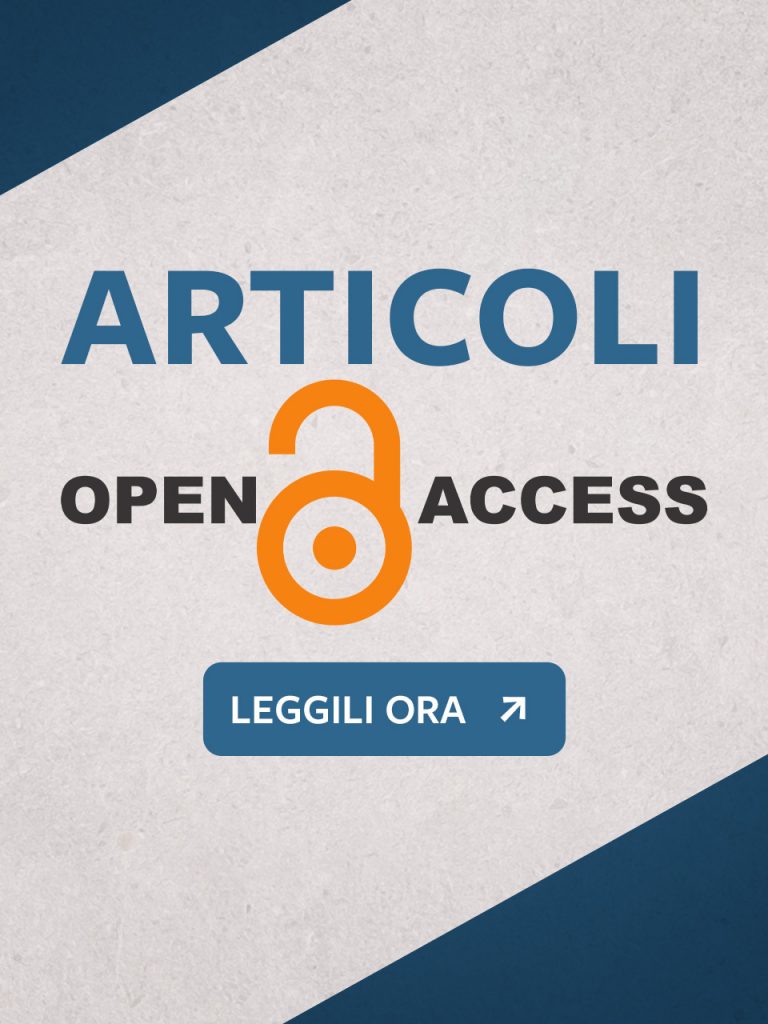Treating With Specific Learning Disorder Using the Rhythmic Motor Approach (ARM)
Lorenzo Coccia, Cristina Di Palma, Paola Francaviglia, Francesca Savoca, Francesco Tarè
The aim of the article is to present the rhythmic motor approach (ARM) in the clinical and theoretical background of Specific Learning Disorders - SLD, laying the foundations for future research projects. The rhythmic motor approach uses specific hierarchical protocols for each treatment level. The ‘zero’ level focuses on reading-writing prerequisites, the first level is dedicated to the initiation and enhancement of reading-writing skills through phonological strategies, the second to the acquisition and consolidation of orthographic skills, the third to numerical and calculation skills, and the fourth to morpho-syntax and study method. This subdivision also allows a bidirectional progression in the application of procedures, in order to guide the child in the development of functional learning strategies that respect the zone of proximal development, both pre-diagnosis and post-diagnosis.
Keywords
Learning, SLD; Rhythmic motor approach (ARM), Hierarchy, Gradualness of treatment, Cues.

